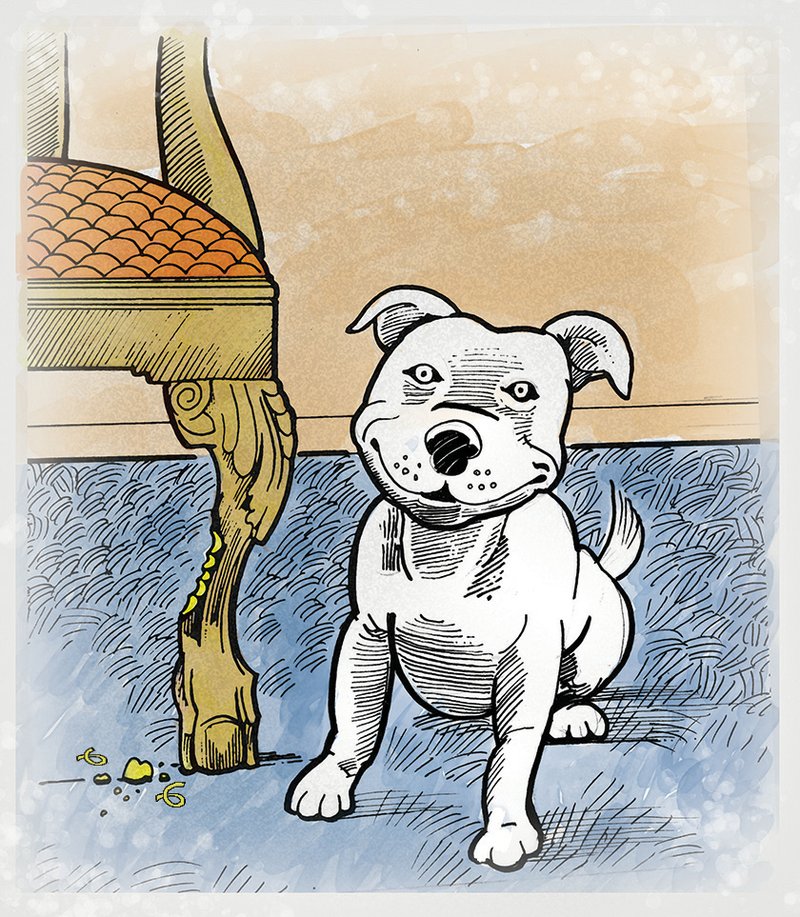I have several antiques in my home -- some that were passed down through my family and others that I've bought through the years. I have a little bit of everything, from wooden and upholstered furniture to textiles, paintings, and items made of porcelain, glass and metal. What are some of the basic guidelines for protecting these unique and often difficult-to-replace objects? I live with them and enjoy them every day.
"I understand your concern," says Eddie Jo Williamson, an insurance agent with State Farm in Little Rock, who says that making sure the items are adequately protected under an appropriate insurance policy is a major factor to consider.
"Although your homeowner's policy provides protection against loss to a homeowner's personal property, it may not adequately cover many items, and a personal articles policy can provide that extra needed coverage," Williams says.
A homeowner's policy will pay replacement cost values based on similar items on the market at the time of the damages or loss, she says. While that works well when dealing with things that you can easily replace from retail stores, it doesn't when dealing with more unique or rare items.
"When you possess unique and often difficult-to-replace objects, you should have an antiques dealer or expert appraise the value of your unique property items," Williams advises. When a personal articles policy is written, the value of items is established up front and itemized in a schedule within the policy, she says. And if and when there is a loss, having this additional specialized coverage will make handling the claim much smoother.
The personal articles policy provides all risk coverage, subject to a few limitations and exclusions, and as such, it provides broad coverage, often with no deductible or low deductibles, Williamson says.
Protecting the items in the
home is just as important as making sure they are properly insured, says Dean Morris, president of Morris Antiques in Keo, where he sells and repairs antique furnishings and decor items.
"Usually, in the homes, moisture is the greatest threat," Morris says. "Especially if pieces are ever stored in a garage, attic, storage building or in or near the laundry room."
Those with antiques in their homes should be vigilant about family members and guests using coasters under drinking glasses and take care when it comes to house plants, making sure there's a large enough drip pan underneath.
The fragility of antiques can also be an issue, he says.
"Don't let people lean back in dining room chairs," Morris says. "They'll lean back on the back two legs and the legs will break. We see a lot of that."
Pets can also do a lot of damage.
"We just got five chairs in from a lady whose dog chewed on the legs of them," he says.
Those with items that tarnish such as brass beds need to be prepared to polish regularly or have them professionally treated with a lacquer coating, Morris says.
"We used to sell a lot of brass beds but they only sell for about a quarter of what they used to because it's too much trouble to keep them polished," Morris says, adding that some things just succumb to natural wear and tear.
"We repair a lot of the tops of leather-top desks," he says, adding that his business also strips and refinishes antiques.
Sunlight streaming in from windows can also take its toll, Morris says. The darker the wood, the more likely it will fade.
"Golden oak doesn't fade very much but mahogany, walnut and cherry will."
-- Linda S. Haymes
Do you have a decorating or remodeling question? We'll get you an answer from an authority. Send your question to Linda S. Haymes, Arkansas Democrat-Gazette, P.O. Box 2221, Little Rock, Ark., 72203 or email:
lhaymes@arkansasonline.com
HomeStyle on 07/25/2015
